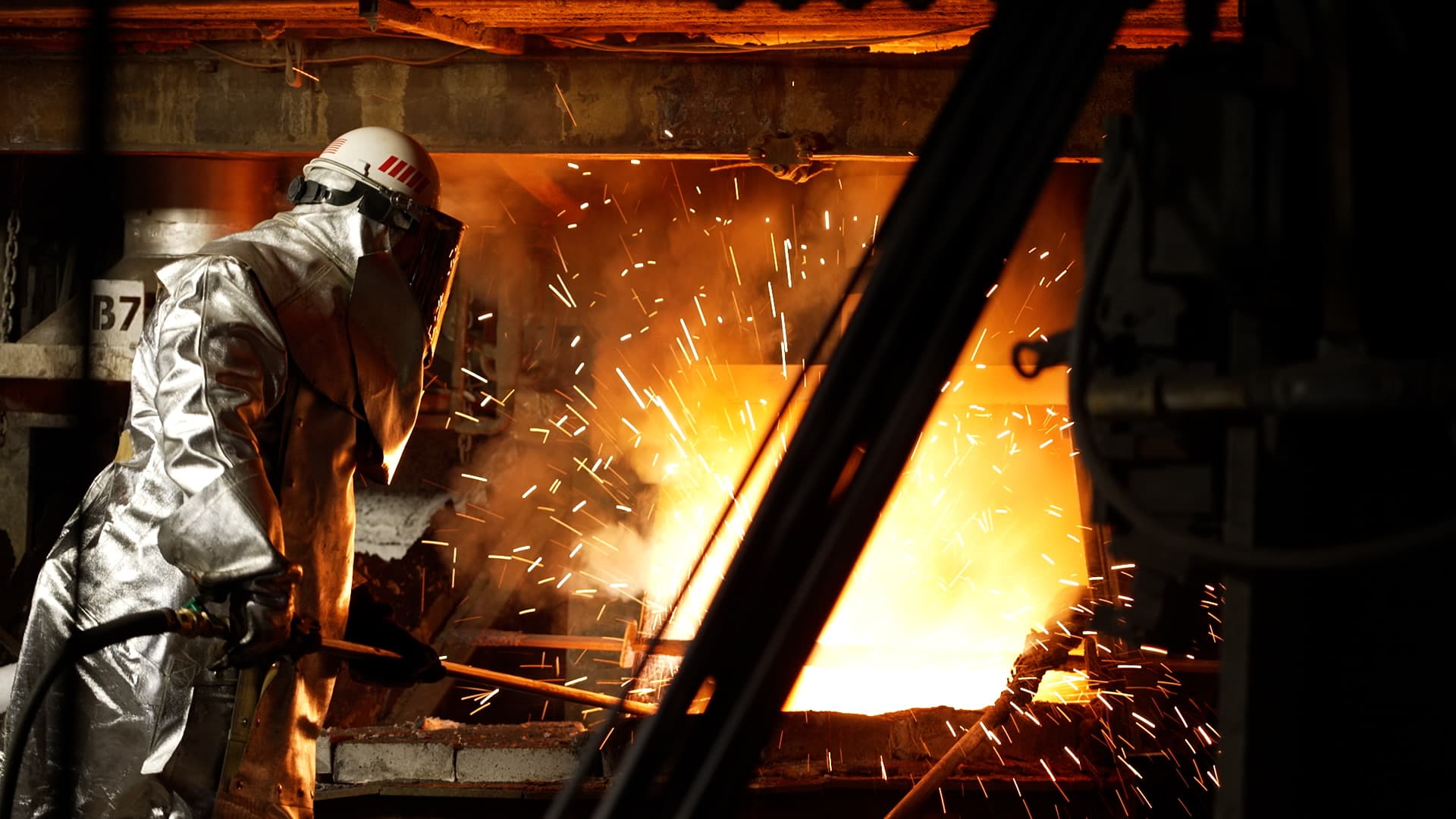Copper mines like Rio Tinto’s Bingham Canyon mine on the outskirts of Salt Lake City are on the frontline of America’s transition to clean energy.
Global demand for copper, a major component of electric vehicles, is expected to grow from 25 million metric tons to nearly 49 million metric tons by 2035, according to S&P Global.
But miners face a multitude of issues as they ramp up production, including addressing the concerns of local stakeholders, mitigating environmental damage and operating in remote regions of the world.
“There’s going to be a real problem with this transition over the next ten years,” said Tyler Broda, metals and mining analyst for RBC Capital Markets. “It is very, very hard for these companies to even maintain the level of production that they have at the moment.”
Jointly based in Australia and the UK, Rio Tinto is one of the world’s largest mining companies with projects in 35 countries. It has 17 iron ore mines in Western Australia that produce material used in steel, as well as mines that produce aluminum, diamonds, and boron, a component used in smartphones.
So what is Rio Tinto doing to ramp up production of its critical minerals business? CNBC got a behind the scenes look at Rio Tinto’s Utah operation to find out.
